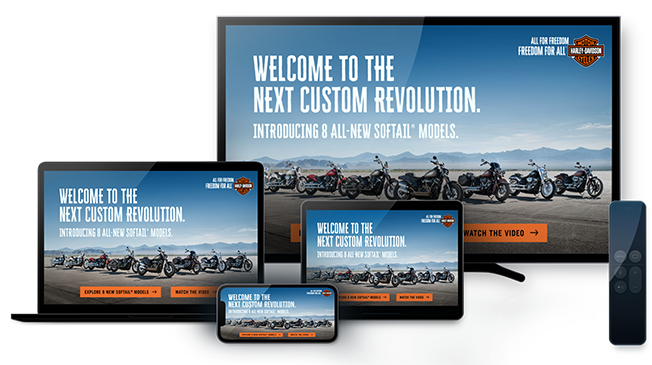Q&A: Why Supporting Diverse-Owned Media Is Part Of A Great Multicultural Strategy

Reaching multicultural audiences is often spoken about separately from putting spend behind media owned by members of underrepresented groups – and when this happens, brands are missing an opportunity. For our recent research report Engaging Multicultural Audiences, we found out what Mirror Digital’s CEO, Sheila Marmon, has to say about why the two can and should go hand-in-hand for advertisers.
Q: Why should marketers’ strategies for reaching multicultural audiences also include investing in media owned by members of underrepresented groups?
A: Authenticity builds trust and trust builds brand loyalty. Marketers need consumers to believe in their message and/or products. To do that, consumers need to experience authentic representation from those marketers. As diverse-owned media operators, Mirror Digital is a part of the target audiences these marketers fight to reach. Our approach to driving client and partner success is rooted in prioritizing ad campaigns that deliver both measurable results for our clients and lasting financial empowerment for diverse and underrepresented audiences.
Q: Some advertiser and agency commitments to backing diverse-owned media haven’t lived up to promises. Why is this?
A: Those advertisers and agencies choose money over mission when the fact is, they could choose both. Despite a shared responsibility, and in some cases a publicized promise, brands who never implemented a diverse audience growth strategy may not understand the value proposition, have the capabilities in-house to get it done, or in some cases, may view the idea of diverse partnerships as something that is dispensable. Without the pressure of accountability, reneging on their commitments is easy. Those same brands will be remembered for their actions or inactions, but diverse-owned media and audiences are not going anywhere.
Q: In a landscape of tighter budgets and high demands for scale and efficiency, how can committed advertisers maintain their support for diverse media and creators?
A: We have to start with educating the market on the value of multicultural creators and media outlets. Efficiency does not always equate to efficacy. As a diverse-owned media company, we have been in hundreds of rooms and on thousands of video calls informing and educating brands on diverse growth audiences and how we can effectively connect with them. We maximize every investment because we are a proven partner who consistently yields meaningful results. Advertisers should start by understanding the opportunity and pushing for campaign budgets and programs to specifically target diverse-owned media companies, audiences, publishers, and content creators. In turn, these strategies will help propel them to deliver stronger outcomes. To gain traction, agencies need to effectively demonstrate and communicate these powerful results to brand clients’ marketing teams and leadership.
Q: Campaigns that target diverse-owned media are often considered to be tests or experiments. What’s your best advice for ensuring that they last?
A: The first step is designing and investing in tests that matter to a return on investment. Often we see some agency partners make a small investment that is not able to drive any real impact. When these types of tests are meaningful and are proven effective through measurable results, they can and should be scaled. When advertisers and agencies lean into diverse media partners for their endemic expertise and connectivity to these communities, they will see the return on investment with BIPOC consumers and move beyond a test-only mentality. Media targeting for diverse audiences is still lacking, and growth depends on reallocating resources to reach the new multicultural America. Diverse-owned media and creators must also be supported with tools that quantify their impact and reinforce their role in media strategies.
Interested in learning more about multicultural marketing strategies? Download our report, Engaging Multicultural Audiences.
Subscribe to our blog:
Related Posts:

The Hidden Costs of Opacity: How Fragmentation Bleeds Media Budgets
In the first part of this series, The Fragmentation Paradox, we showed how too many tools and fractured workflows grind teams down. This second chapter looks at something even more alarming: what all that fragmentation does to the money. The result isn’t just...

The Fragmentation Paradox: Why Media Teams Are Drowning in Tools, Tabs & Time Loss
If you ask people in advertising what their biggest challenge is right now, most won’t say identity. Or cookies. Or measurement. Or even AI. But at our roundtable with agency leaders this summer David Gaines from Mother Media put it very succinctly: “I was horrified...

Independent Agencies Are Rewriting the DSP Rulebook
For more than a decade, programmatic buying relied on systems that delivered automation and scale, but offered limited visibility into how decisions were made. But those constraints are now harder for agencies to justify. Independent agencies are no longer willing to...
Let's Connect

